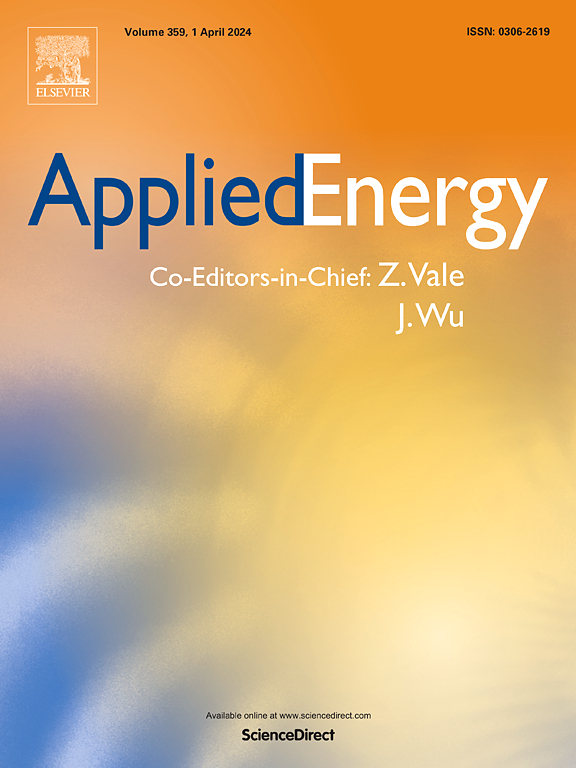Energy and environmental performance of iron and steel industry in real-time demand response: A case of hot rolling process
IF 10.1
1区 工程技术
Q1 ENERGY & FUELS
引用次数: 0
Abstract
The large-scale integration of renewable energy into the power system poses new problems and challenges to its flexible and stable operation. A new grid regulation model based on demand-side resources has emerged as a trend in industry development. Industries such as iron and steel sites consume vast amounts of electrical resources and possess significant demand response (DR) potential. However, the real-time regulation capability of industrial loads has not been clearly quantified, and industrial sectors' enthusiasm for participating in DR is low due to energy and environmental factors. To address thess research gaps, this paper focuses on the hot rolling process in the iron and steel industry and proposes an assessment model to quantify its real-time DR potential. Based on analysis of hot-rolling process' energy and environmental performance during DR, strategies to minimize process gas supply and CO2 emissions in reheating furnace standby periods have been formulated. Case studies show DR potential peaks at 16 MW at 1200 °C with 304L steel. A one-hour DR can lead to extra 16,975 m3 process gas consumption and 24.1 t CO2 emissions, which can be mitigated by reducing process gas by 30% for DR under 1 h and shutting down the furnace for longer durations. Using green electricity post-DR can offset CO2 emissions.
求助全文
约1分钟内获得全文
求助全文
来源期刊

Applied Energy
工程技术-工程:化工
CiteScore
21.20
自引率
10.70%
发文量
1830
审稿时长
41 days
期刊介绍:
Applied Energy serves as a platform for sharing innovations, research, development, and demonstrations in energy conversion, conservation, and sustainable energy systems. The journal covers topics such as optimal energy resource use, environmental pollutant mitigation, and energy process analysis. It welcomes original papers, review articles, technical notes, and letters to the editor. Authors are encouraged to submit manuscripts that bridge the gap between research, development, and implementation. The journal addresses a wide spectrum of topics, including fossil and renewable energy technologies, energy economics, and environmental impacts. Applied Energy also explores modeling and forecasting, conservation strategies, and the social and economic implications of energy policies, including climate change mitigation. It is complemented by the open-access journal Advances in Applied Energy.
 求助内容:
求助内容: 应助结果提醒方式:
应助结果提醒方式:


